Even while I dreamed I prayed that what I saw was only fear and no foretelling,
for I saw the last known landscape destroyed for the sake
of the objective, the soil bludgeoned, the rock blasted.
Those who had wanted to go home would never get there now.
…
Every place had been displaced, every love
unloved, every vow unsworn, every word unmeant
to make way for the passage of the crowd
of the individuated, the autonomous, the self-actuated, the homeless
with their many eyes opened toward the objective
which they did not yet perceive in the far distance,
having never known where they were going,
having never known where they came from.
– Wendell BerryFrom his collection, A Timbered Choir: The Sabbath Poems 1979–1997 (Berkeley, CA: Counterpoint, 1999). It is also featured in the opening scene of Laura Dunn’s documentary, Look & See.
We have a wounded relationship with the earth. Whatever else Genesis 3 might teach us, it is clear that humanity’s vocation to work the ground has been interrupted and frustrated, even cursed. How then shall we steward? After all that has been lost, what is left for us to keep? For Gijsbert van den Brink, such questions are complicated even further in this age of humans, the Anthropocene.
Van den Brink, University Research Chair for Theology & Science at the Vrije Universiteit Amsterdam, will join the Creation Project for the 2021–2022 year as a Henry Resident Fellow. He will be researching how Christian theology can contribute to adequate responses to the problem of climate change, specifically by “focusing the rich resources of its theological anthropology on the predicaments of the Anthropocene.” The majority of contemporary climate scientists agree that humans are endangering our planet by “irresponsible patterns of behavior” (production, consumption, travel, etc.). Assuming they are correct, van den Brink wonders “what treasures from our doctrinal tradition might help us address this ominous situation in appropriate ways.”
Theological Anthropology in the Anthropocene
The concept of the Anthropocene is a recent one. The term has only been in popular use for twenty years or so, and even still its meaning is not always clear.A search of the term on the Google Books Ngram Viewer will demonstrate the exponential increase in the usage of the word since 2000. Broadly, it refers to the proposed geological age which marks the significant impact of humans on Earth’s geology and ecosystems, specifically as it relates to climate change. Van den Brink himself only first heard of the term “no longer than four or five years ago.”We may come to a renewed understanding of our human task to further rather than frustrate this multifariousness. In his understanding, it refers to our current moment: “we might now, for the first time in the history of our planet, live in the epoch or era in which we humans can actually make or break the future of our planet.”
Three questions arise for van den Brink as he thinks about what resources a robust theological anthropology might offer in an age such as this: First, does the so-called Anthropocene represent a new era from a theological perspective? Second, is the stewardship model beyond repair? Third, which biblical themes that highlight the interdependence of human and non-human creation should be foregrounded today? These questions come together in van den Brink’s project as he explores to what extent climate change “is (partly) caused by dominant ways of thinking in classical theological anthropology.” This exploration will therefore involve examining the common metaphor of humans as God’s stewards. How—if at all—can the stewardship model be fleshed out in such a way that it can guide us towards a more sustainable future?
Van den Brink believes one answer is that “we should envisage the earth that is to be ‘stewarded’ not as something external and alien to us humans, but as something in which we are deeply and inextricably embedded.” Strengthening this awareness will involve appropriating “those parts of the biblical literature that highlight the mutual dependence of the human and non-human parts of creation.” The foregrounding of such texts may in turn correct our “deeply ingrained Christian anthropocentrism,” and instead open up avenues for a more theocentric approach. Van den Brink hopes that this change may enable more creative and helpful responses to climate change: “Once we appreciate that the glory of God in creation is to be found not just in the human species but in the intricate interwovenness of all its multifarious forms of life, we may come to a renewed understanding of our human task to further rather than frustrate this multifariousness.”
Science, Theology, Creation
Van den Brink is no stranger to the interdisciplinary work that lies at the intersection of theology and science. For instance, he says that his most recent book, Reformed Theology and Evolutionary Theory, enabled him to “find out to what extent as a Christian I should take seriously a ‘secular’ theory . . . and what that would mean for my Christian beliefs.” In this project, he is aiming to do something similar. Only now instead of working with a theory of biological evolution, he is canvassing the results of climate science. As in his earlier work, van den Brink is aware that “not all Christians are convinced of this” and thinks that such concerns “should be taken seriously.” He assumes, however, that climate scientists are right and believes that Christian theology might have valuable resources for those who are looking to respond rightly to the Anthropocene and its discontents.
The doctrine of creation is “the place where the tension is most palpably felt between Christian faith of all ages and the results of contemporary science,” van den Brink says. At the same time, it is also the place “where Christian faith touches most concretely on our everyday earthly existence.” It does so as it “tries to make sense of the way in which our ordinary lives and the environment we live in are related to the triune God” and as it focuses on “perennial existential questions.” Van den Brink’s sense of calling as a theologian is to help the Christian community think through such questions, so he is eager to come with his family to spend some time at the Henry Center this year, alongside the other Fellows with their various projects on theological anthropology.
Life in the Anthropocene brings along with it a sense of human responsibility that requires great care. We continue to learn the ways that our dealings with nature have consequences that reach far beyond ourselves. Insofar as we believe that we will be held accountable for such dealings, we are pressed into the most intimate questions of human identity and vocation: Where are we going? Where have we come from? It is towards these kinds of questions that van den Brink will turn his attention as he investigates theological anthropology in the Anthropocene.
2021–2022 Henry Resident Fellows
 |
Christina Bieber Lake Clyde S. Kilby Professor of English, Wheaton College “Designed to Attend: Toward a Theology of the Literary Imagination” |
 |
Gijsbert van den Brink Research Chair for Theology & Science, Vrije Universiteit Amsterdam “Theological Anthropology in the Anthropocene” |
 |
James M. Arcadi Associate Professor of Systematic Theology, Trinity Evangelical Divinity School “The Priesthood of All Humanity” |
 |
Philip Woodward Assistant Professor of Philosophy, Niagara University “Human Persons: A Contemporary Philosophical-Scientific Synthesis” |
 |
Jon W. Thompson Postdoctoral Research Associate, The Faraday Institute for Science & Religion “Embodied Cognition, Hylomorphism, and the Resurrection of the Body” |
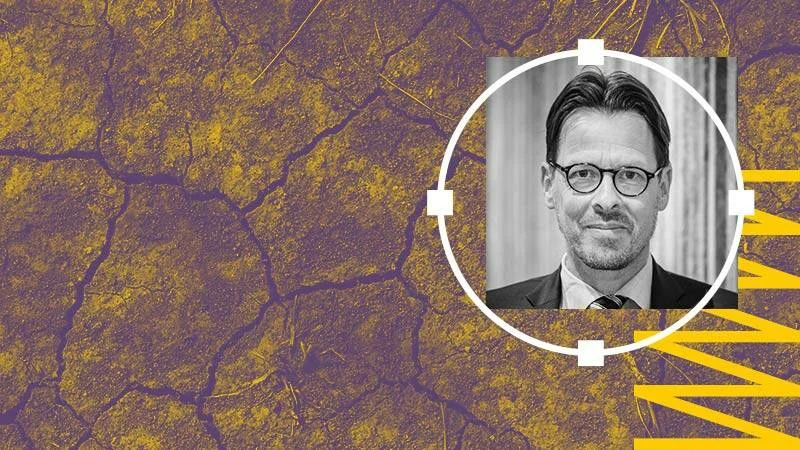
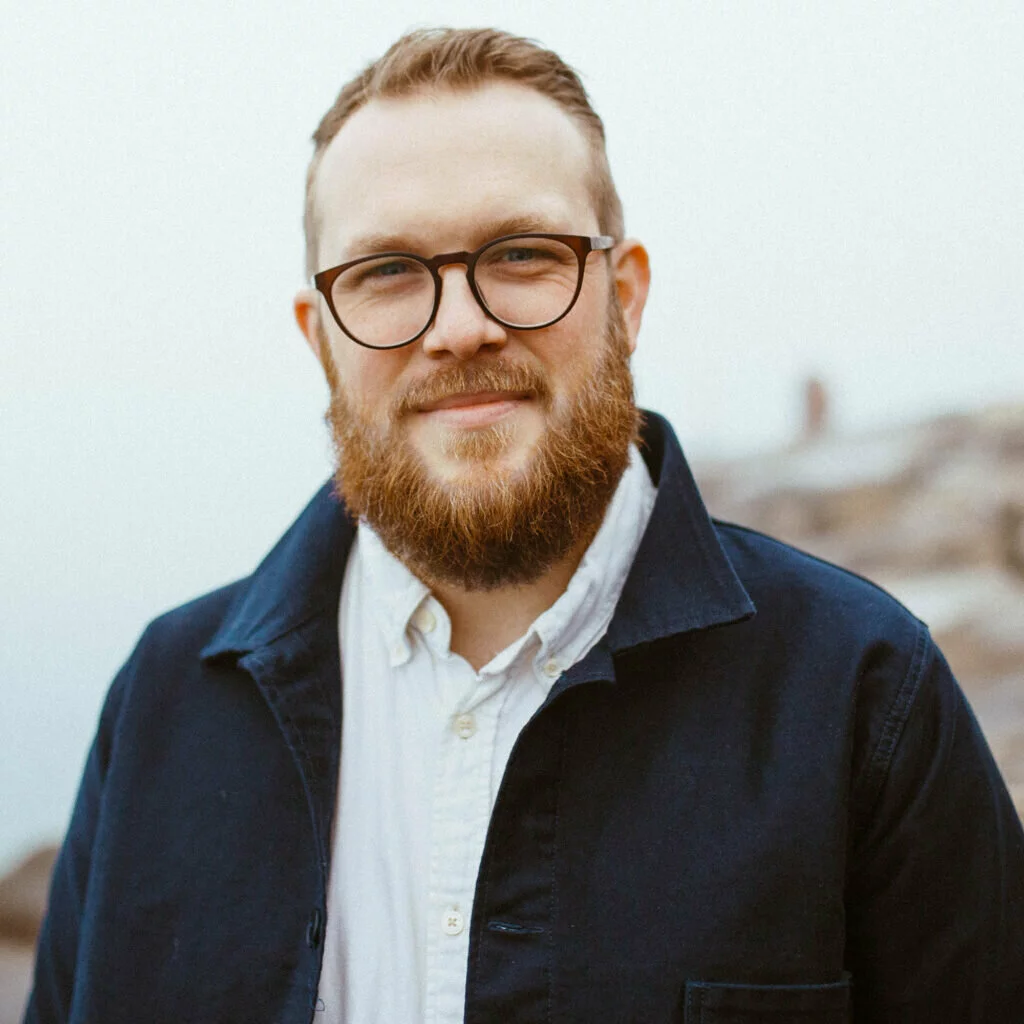
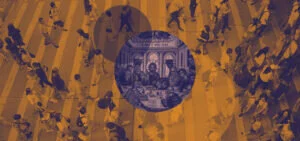
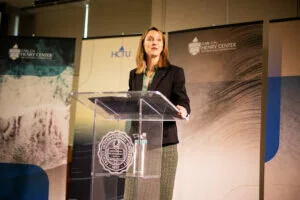
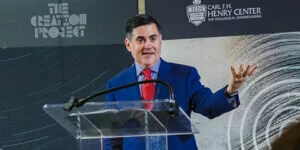
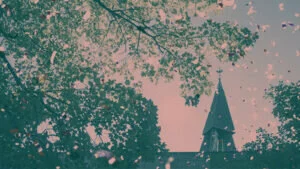
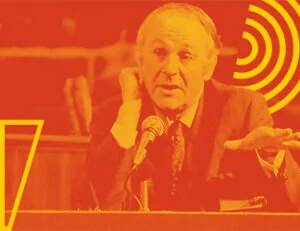
Comments
Be the first one to make a comment!